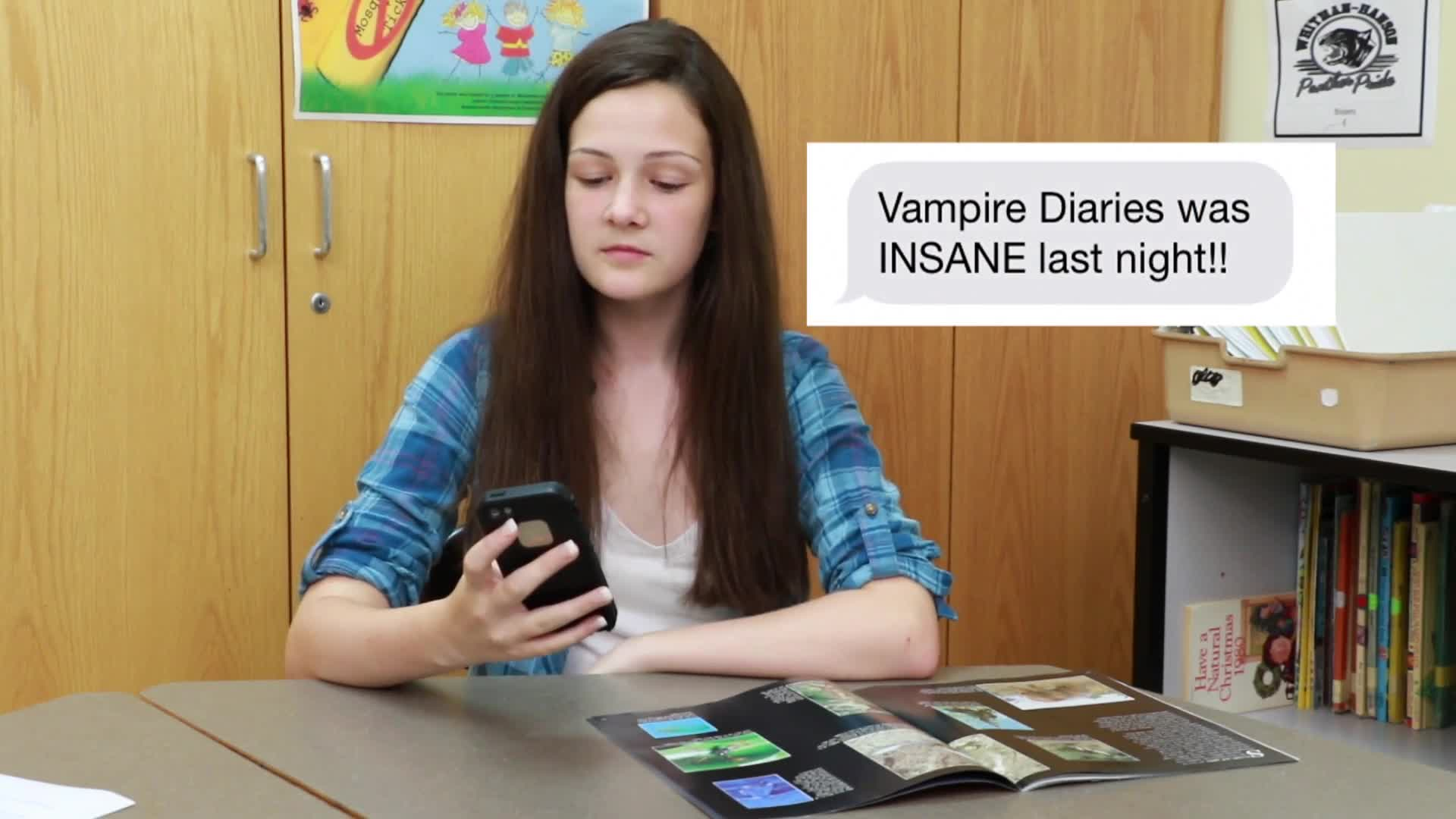
Introduction
Texting is an essential means of communication among middle school students. However, it’s crucial for them to learn and understand the basic rules and etiquette of texting. This post discusses an easy-to-implement activity that requires no preparation or materials from educators. We’ll also provide discussion questions and related skills to engage students in a meaningful conversation about texting etiquette.
No-Prep Activity
For an engaging, no-prep activity, split your students into pairs and ask them to role-play a texting conversation. Have them take turns sending messages to each other, while following the rules of texting etiquette. Encourage them to think about the appropriate time to text, only texting people they know, and waiting for a response before sending another message. After a few minutes, ask the students to share their experience with the class, discussing any challenges they faced and how they overcame them.
Discussion Questions
- Why is it important to follow texting etiquette when communicating with friends and family?
- What are some potential consequences of not following these rules?
- How can you ensure that you’re respecting other people’s time and boundaries while texting?
- Can you think of any situations where it might be necessary to break these rules? How would you handle such a situation?
- How can following texting etiquette help improve our relationships with friends and family?
Related Skills
Understanding and practicing texting etiquette is just one aspect of effective communication. Other related skills that middle school students can benefit from include:
- Active Listening: Paying full attention to the speaker, asking clarifying questions, and providing feedback to ensure clear understanding.
- Nonverbal Communication: Interpreting body language, facial expressions, and gestures to understand the emotions and feelings of others.
- Conflict Resolution: Identifying and resolving disagreements or misunderstandings through empathy, compromise, and negotiation.
- Empathy and Compassion: Understanding and sharing the feelings of others, and offering support when needed.
Next Steps
By teaching middle school students the importance of texting etiquette, we’re helping them develop essential communication skills and fostering healthy relationships with their peers. To access free sample materials on this skill and others, be sure to visit Everyday Speech for a wide range of resources that promote social-emotional learning.





